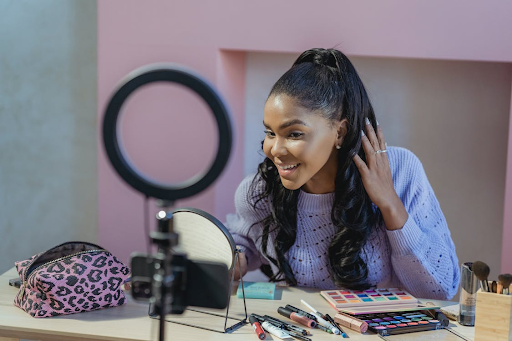Like it or not, there is no escaping social media. Today’s digital world is saturated with social media platforms, as they are now seen as a source of information, not just entertainment. And then there’s the new buzzword: influencer marketing.
In general, there are two groups of social media users: those who create content (i.e. key opinion leaders (KOLs) and influencers), and those who consume the content (i.e. the audience). Another popular buzzword in recent years: content creation. Some do it for fun, while others turn their passion into a viable career, namely influencers. Brands are now engaging with these next-gen opinion leaders to boost their presence on social media via endorsements.
Although endorsements are nothing new, it has become a prevalent form of advertising - in view of the rise of social media. Endorsements are no longer limited to conventional celebrities (e.g. artistes, athletes, and public figures). More than just pretty faces with huge followings, social media influencers have emerged as personalities in their own rights. Need more convincing? These influencer marketing stats from Digital Marketing Institute will probably shock you.
- 70% of teenagers today trust influencers more compared to celebrities.
- 49% of consumers rely on influencer recommendations in making purchase decisions.
- A whopping 82% of people use social media to get information and opinions before purchasing a product or service.
- 57% of fashion and beauty brands use influencers as part of their marketing strategies.
- 71% of marketers think partnerships with influencers are good for business, because consumers typically view brands endorsed by influencers as trustworthy.
What Makes Influencer Marketing Different?
Back in the day, celebrity endorsements meant seeing images of the brand ambassadors splashed across advertisements (such as billboards, TV, and print), product packaging, retail outlets, and that’s pretty much it. These hard-sell tactics may have worked well in the pre-social media era, but not in today’s digital age. Make no mistake, old-school media like radio and TV are still relevant. But one static image featuring a famous personality holding a product isn’t enough to convince the audience to even consider buying it.
The key to the audience's heart? Compelling brand stories. Another fact to consider: the average attention span has shrunk over the years. In other words, your brand story has to be concise and creative enough to attract attention. The emergence of short-form video platforms (e.g. TikTok, Instagram Reels, and YouTube Shorts) has elevated content creation to a whole new level. This is where social media influencers thrive.
Influencers are now able to produce snappy content on the fly for their followers. Skits, tutorials, live streams - the sky's the limit in terms of creativity. Safe to say, the short-form video trend isn’t dying anytime soon. Thus, it’s not surprising brands are adding influencers as part of their advertising mix to reach digital audiences in their habitats: social media.
If you’re looking into enhancing your brand’s online presence, influencer marketing can be a worthwhile investment. The not-so-secret tip for successful collaborations? Do some research on the influencers you’re keen to approach, ensuring that they share your brand values. Follower counts don’t matter if the personalities who are endorsing your brand don’t resonate with your target audience.

